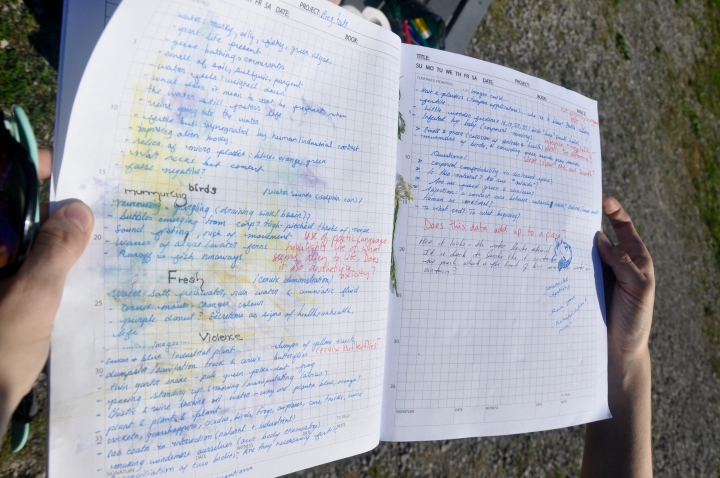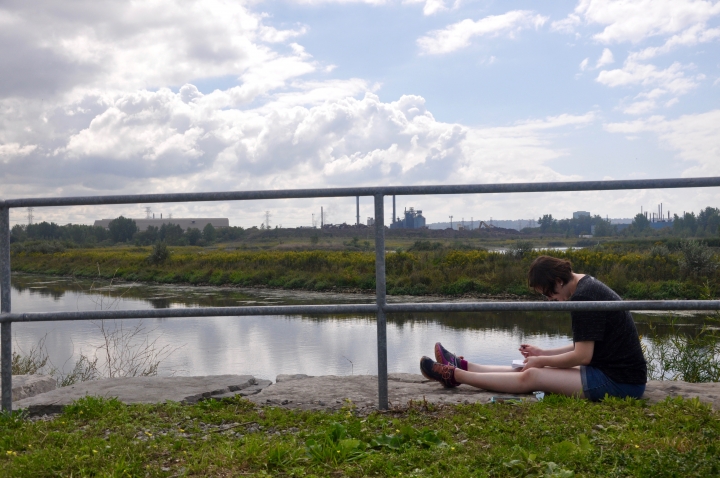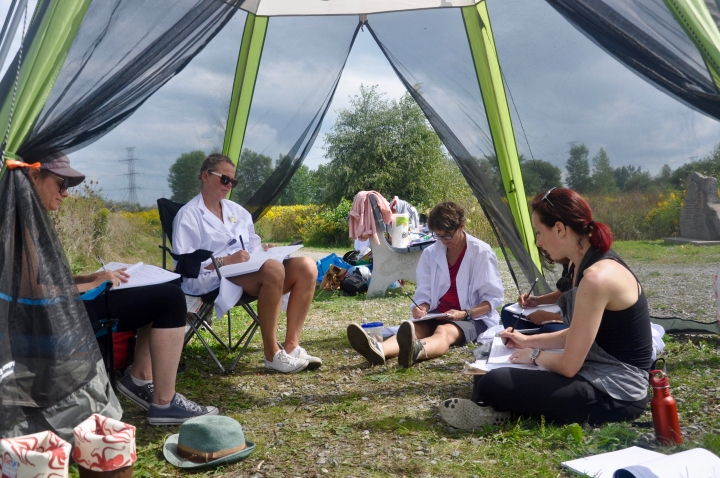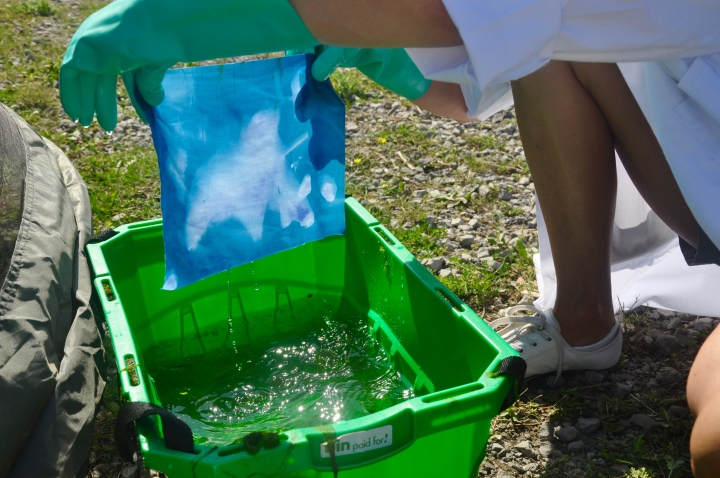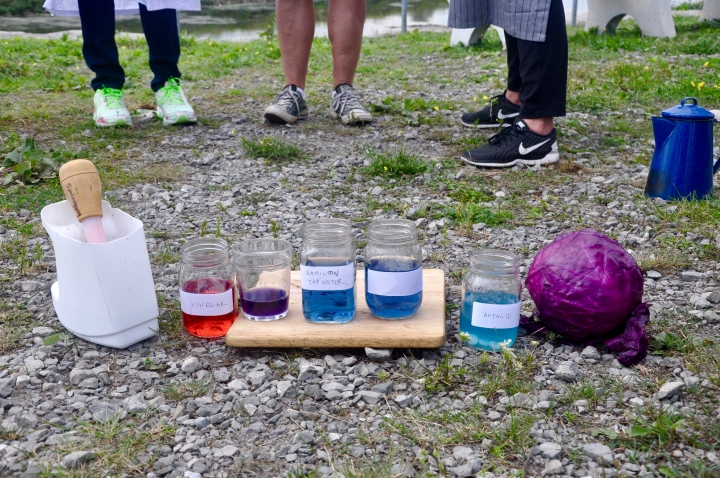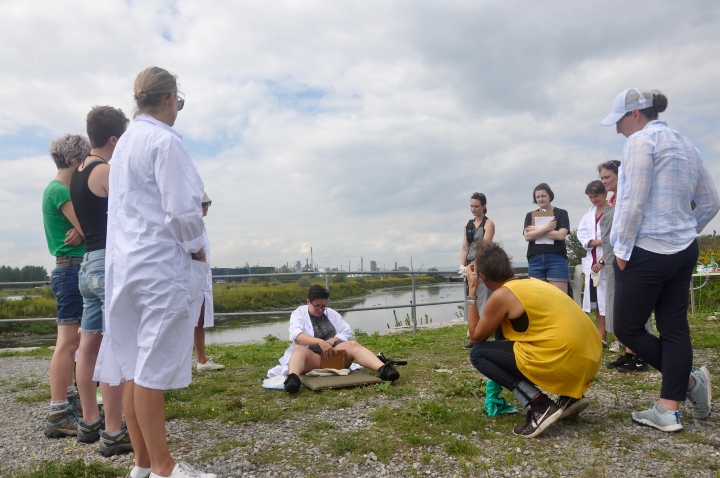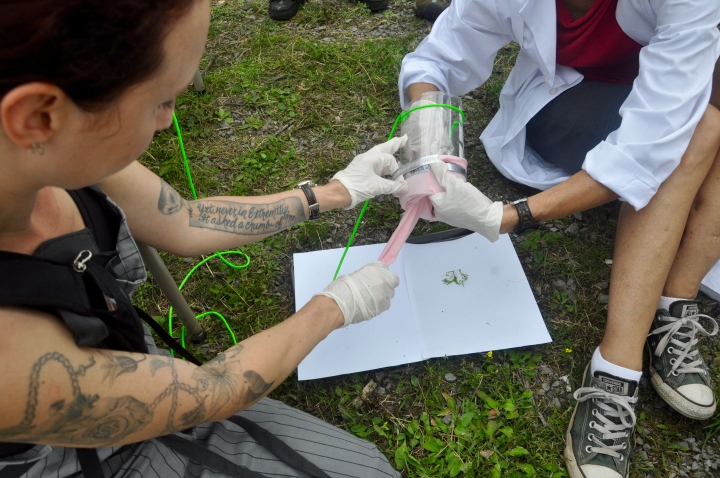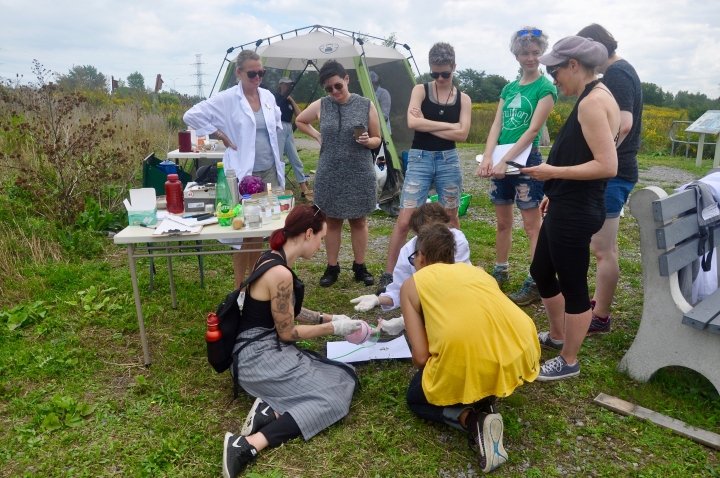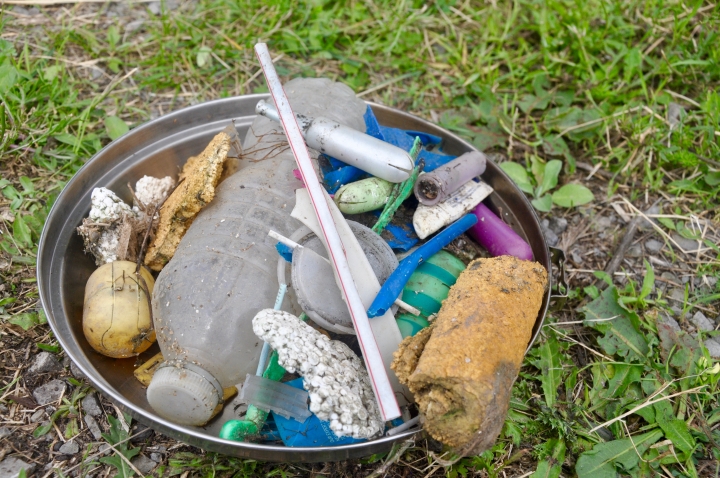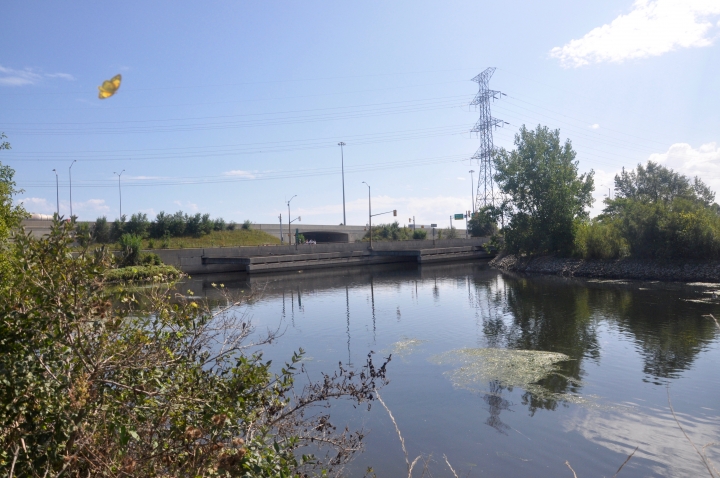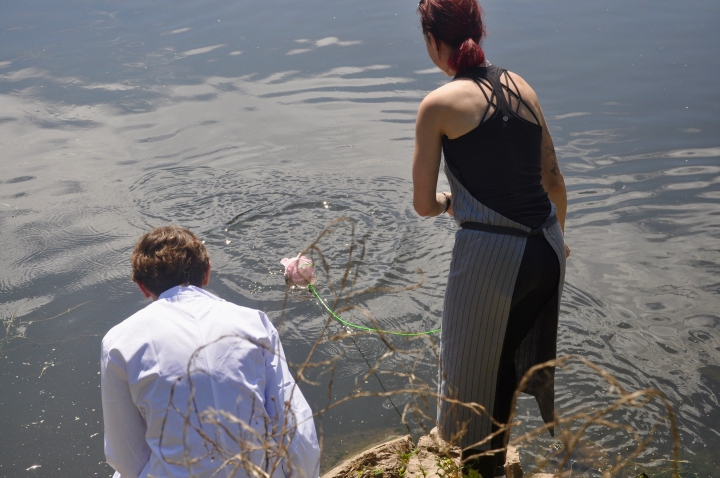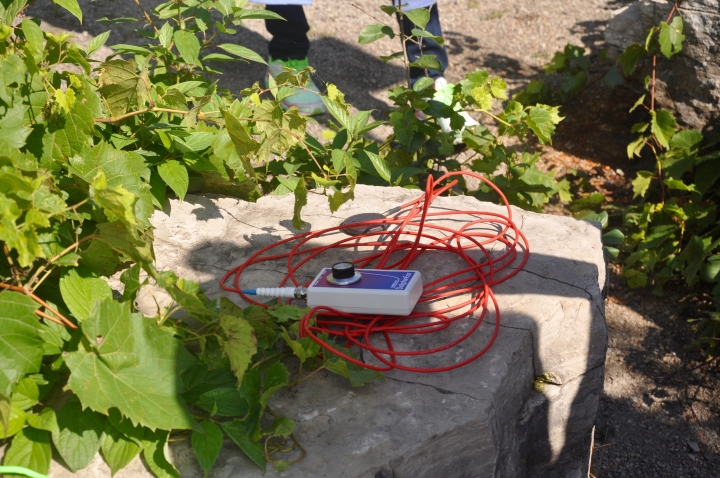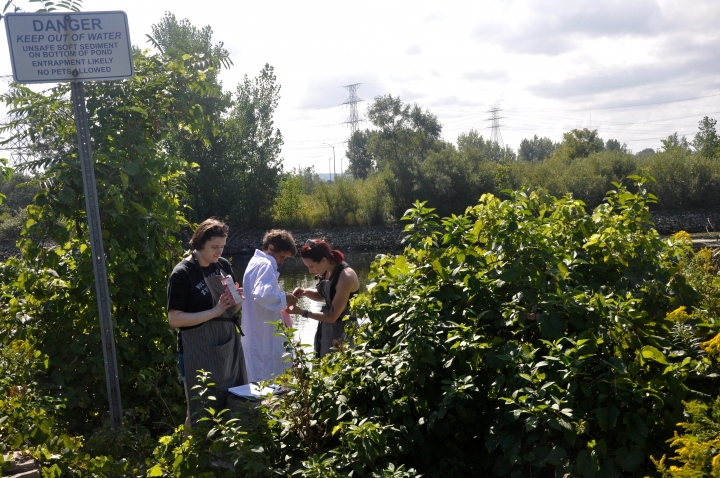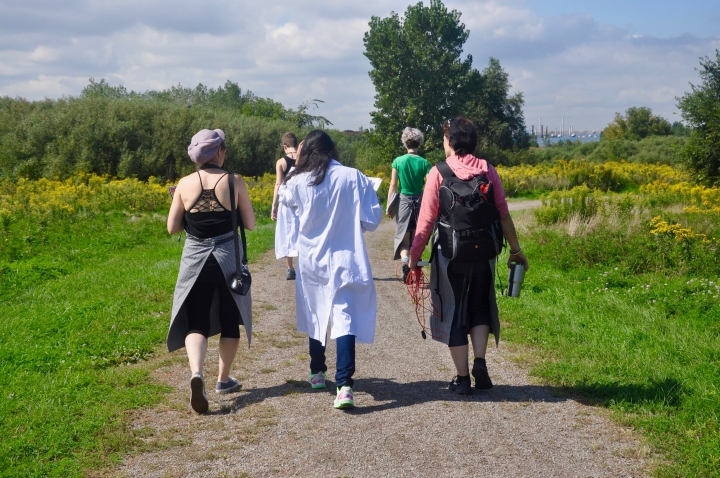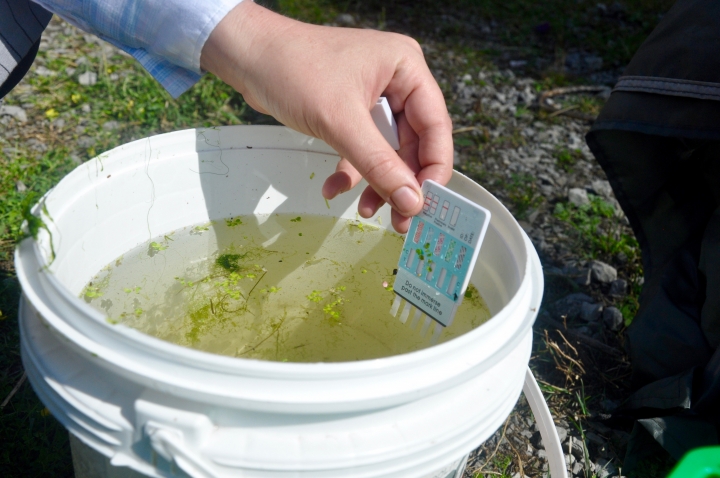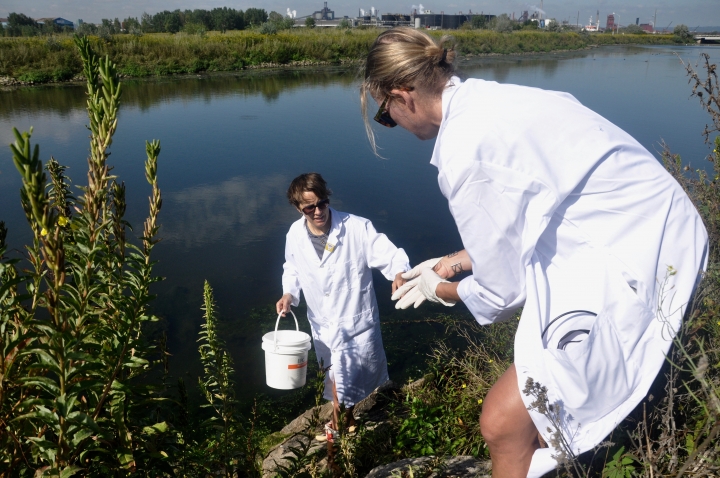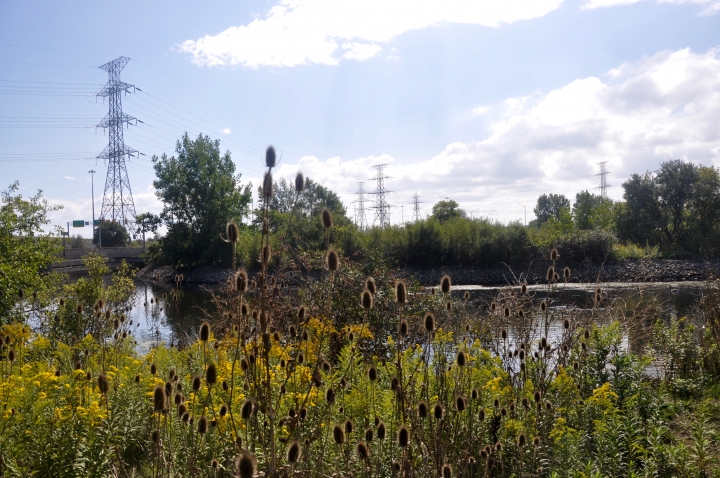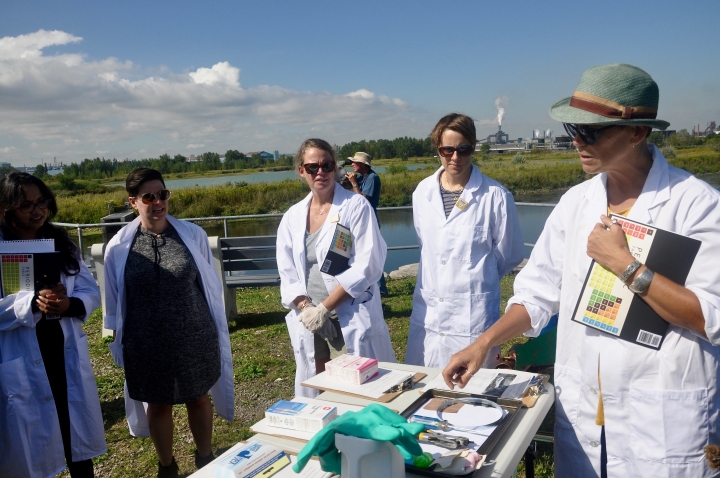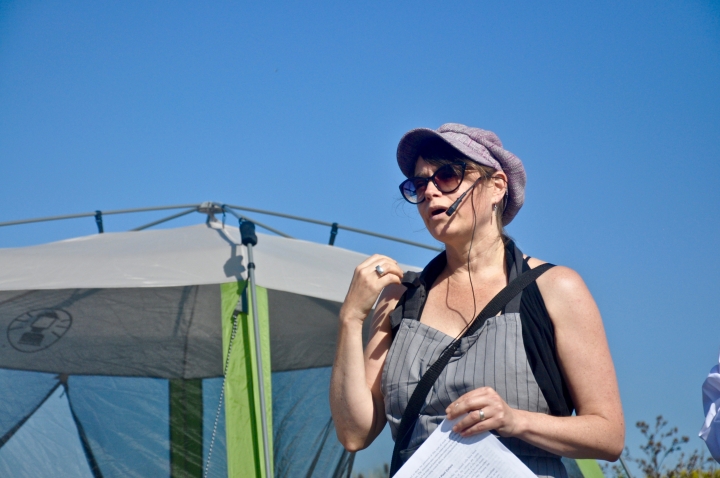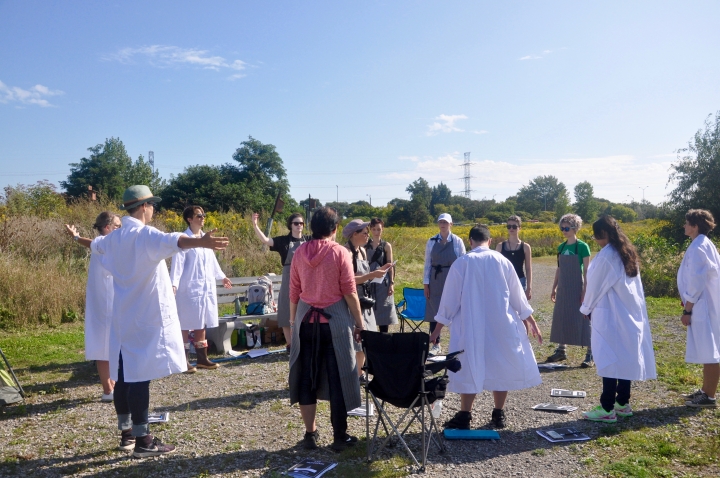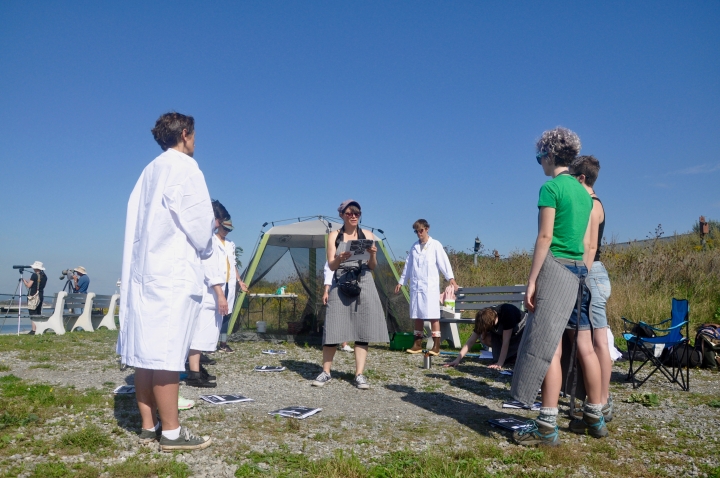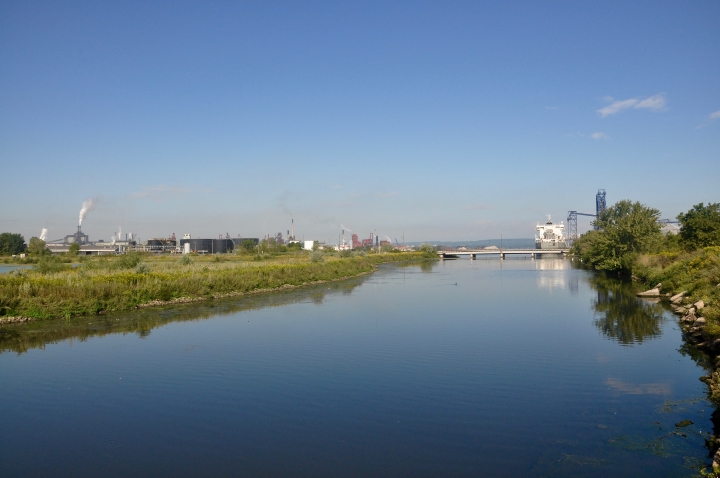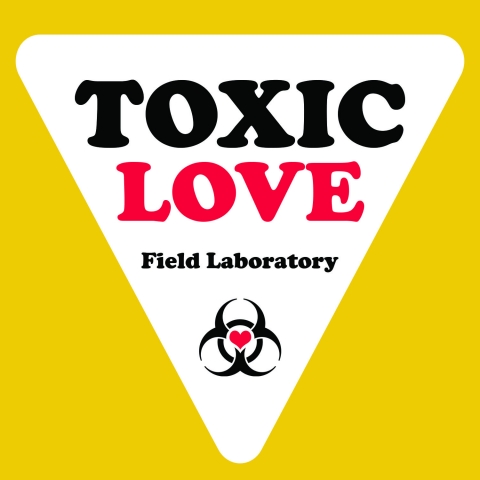Hosted by
Stephanie Springgay (University of Toronto/WalkingLab and Bodies in Translation), Sarah E. Truman (Manchester Metropolitan University/WalkingLab) & Astrida Neimanis (University of Sydney/Composting Research Group)
Activators:
Natasha Myers, York University
Vanessa Dion Fletcher, Artist
Windermere Basin, at the western tip of Hamilton Harbour in Oniatarí:io / Niigani-gichigami (Lake Ontario) was once the most polluted body of water in North America and is now Canada’s largest man-made coastal wetland. Merging DIY citizen science testing with performance art, choreography, and writing, Toxic Love / Making-with-Windermere Basin investigated ways of loving and living with wounded bodies of water in the shadow of settler colonial petrocapitalism.
Our investigations used domestic kitchen utensils and food stuffs, gynecological home test kits, lab science tests, microplastic monitoring technology, cyanotype printing, and affect meters to gather data about the health and status of the basin’s body, and for understanding our own bodies’ relations to this place. Activator Natasha Myers (York University) invited the group to think of their bodies as sensors connected with an already sentient world. Cultivating forms of ‘alter data,’ Myers asked us to detune colonial common sense and to form healing relationships. She asked: “What are ways to practice what matters to the land?”
Activator Vanessa Dion Fletcher’s (artist) speculum performance invited participants to think about transgenerational and reproductive violence, epigenetics, and multiple watery bodies. 14 invited participants joined us for the research-creation event.
Photographs by Anise Truman
